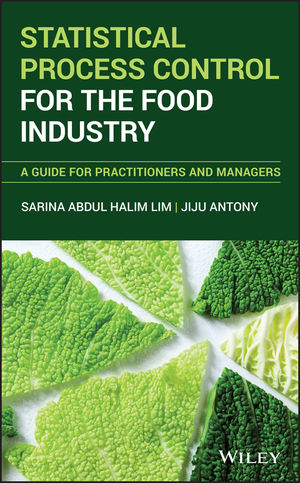Control Management: Modular automation strategy for high response flexible production

Applying S88
First, it's necessary to understand how S88 is applied. The standard is independent of the underlying control system (PLC, DCS or PC), the basic control algorithms and how the processing is controlled or sequenced. It applies to manual, semi-automated and fully automated systems and is applied under these basic conditions:
- Flexible manufacturing (including batch)
- Multiple products manufactured using the same set of equipment
- Output is a finite quantity of materials and a production record
- Built using a defined order of processing actions.
- S88.01: Models and Terminology
- S88.02: Data Structures and Guidelines for Languages
- S88.03: General and Site Recipes Models and Representation
- S88.04: Production Record.
- a model for batch (work order, lot) control that separates recipe and equipment capabilities
- all users and vendors with the same terminology for requirements and functionality, respectively
- integration using the S88.02 data structure
- SQL Standard tables for recipes, equipment, schedules, and batch history
- data exchange through the World Batch Forum (www.wbf.org) developing XML schema, Batch Markup Language (BatchML)
- a standard language for recipe representation which makes system configuration and design easier.
Separating recipes and equipment
Prior to the 1995 release of ANSI/ISA-88.01, Batch Control Part 1: Models and Terminology, there were no common terminology and/or models to help transform product manufacturing requirements into parameters for production workflows and process control. Thus, integrating solutions within your own plant or from different suppliers was difficult.
By separating product knowledge in recipes from equipment capabilities, S88 allows recipe development without process control knowledge. Operators can respond to recipes without detailed knowledge of equipment control and control system engineers don't need to have detailed knowledge of recipes to optimize equipment control. The end result is flexible manufacturing based on utilizing the same equipment and process to produce multiple products of different scale.
Improved system configuration
Before S88's 1995 release (and, for the most part, as it exists today), manufacturing design had no commonly accepted elements for batch control. As a result, manufacturing systems were (and still are) difficult to build and configure. By helping to define models and terminology for flexible batch recipe management and execution systems, S88 solves these problems. The standard provides:Additional benefits
During the past eight years in which S88 has been in use, the World Batch Forum reported several realized benefits including a 20 percent reduced cost for automated systems with a shift from special to standard products. The time required to implement and change systems had also been reduced by 30 percent. And, the time necessary for new product definitions (recipes) had been significantly reduced from days to hours.The benefits come from applying reuse and best practices across multiple new product introductions. S88's "n" to "many" approach applies equally well to simple and complex processes (i.e. bi-directional scalability). The models and subsequent design templates are expandable if additional levels of structure are required and collapsible if all of the model levels of structure are not. The clear lines of vertical demarcation provided by S88 lead to improved departmental communication and the tools necessary to meet the challenges of today's process manufacturing environment.
Looking for a reprint of this article?
From high-res PDFs to custom plaques, order your copy today!







